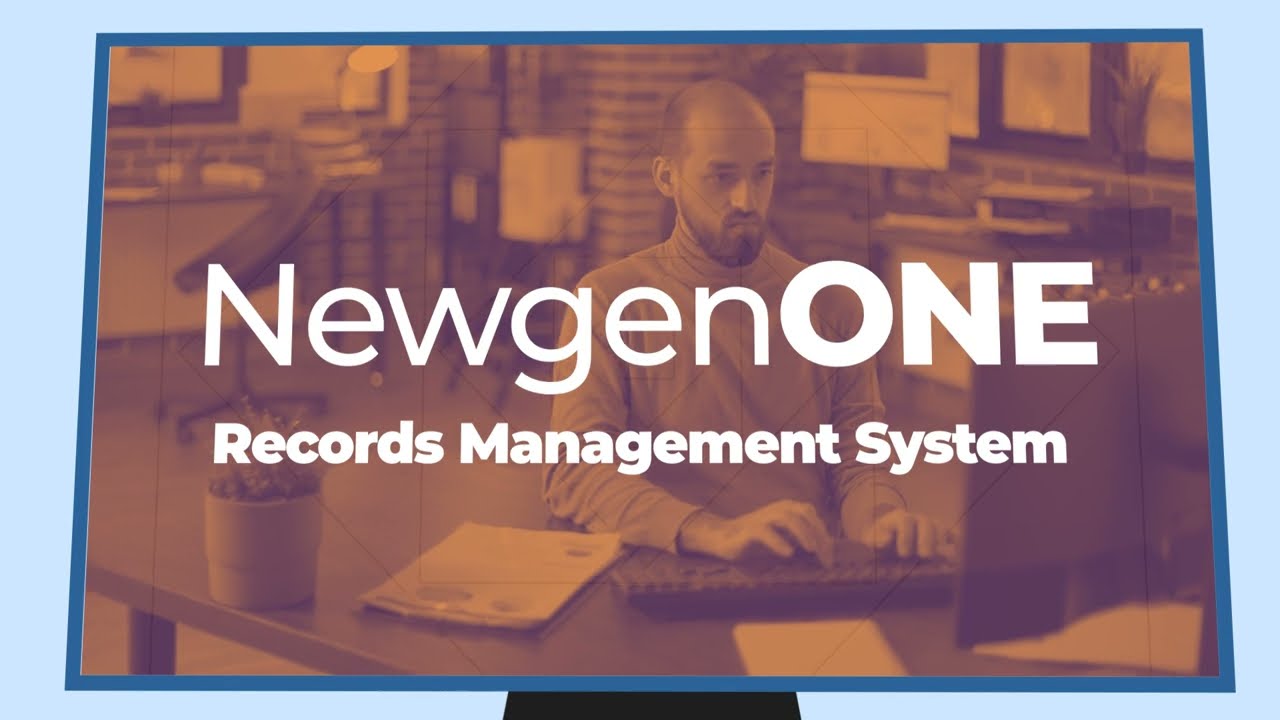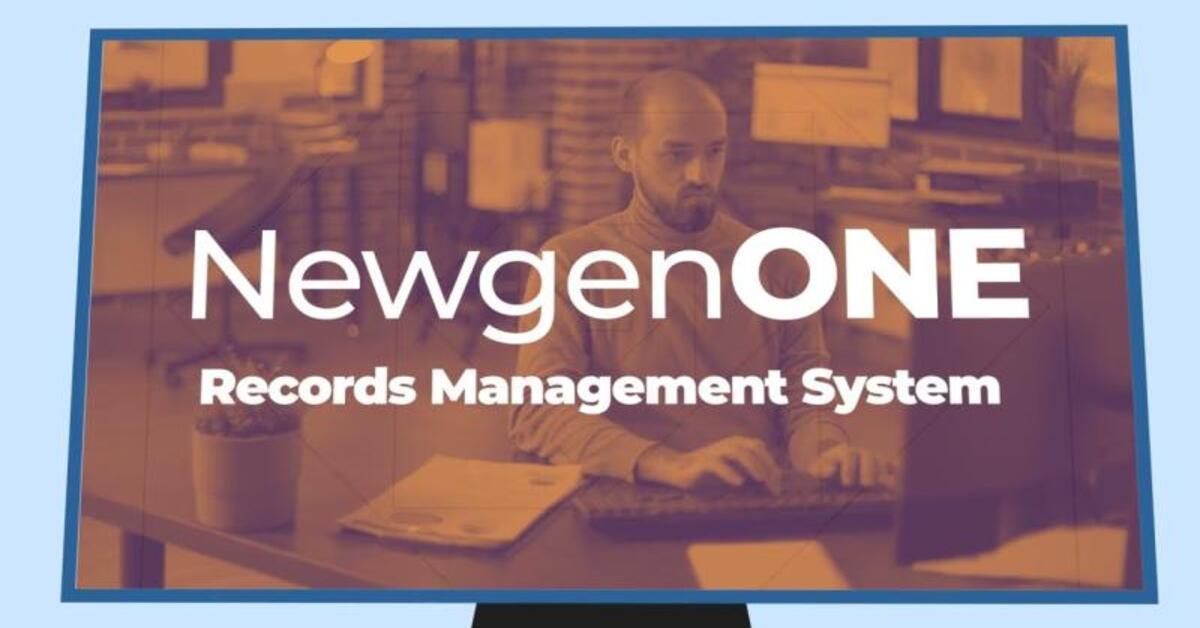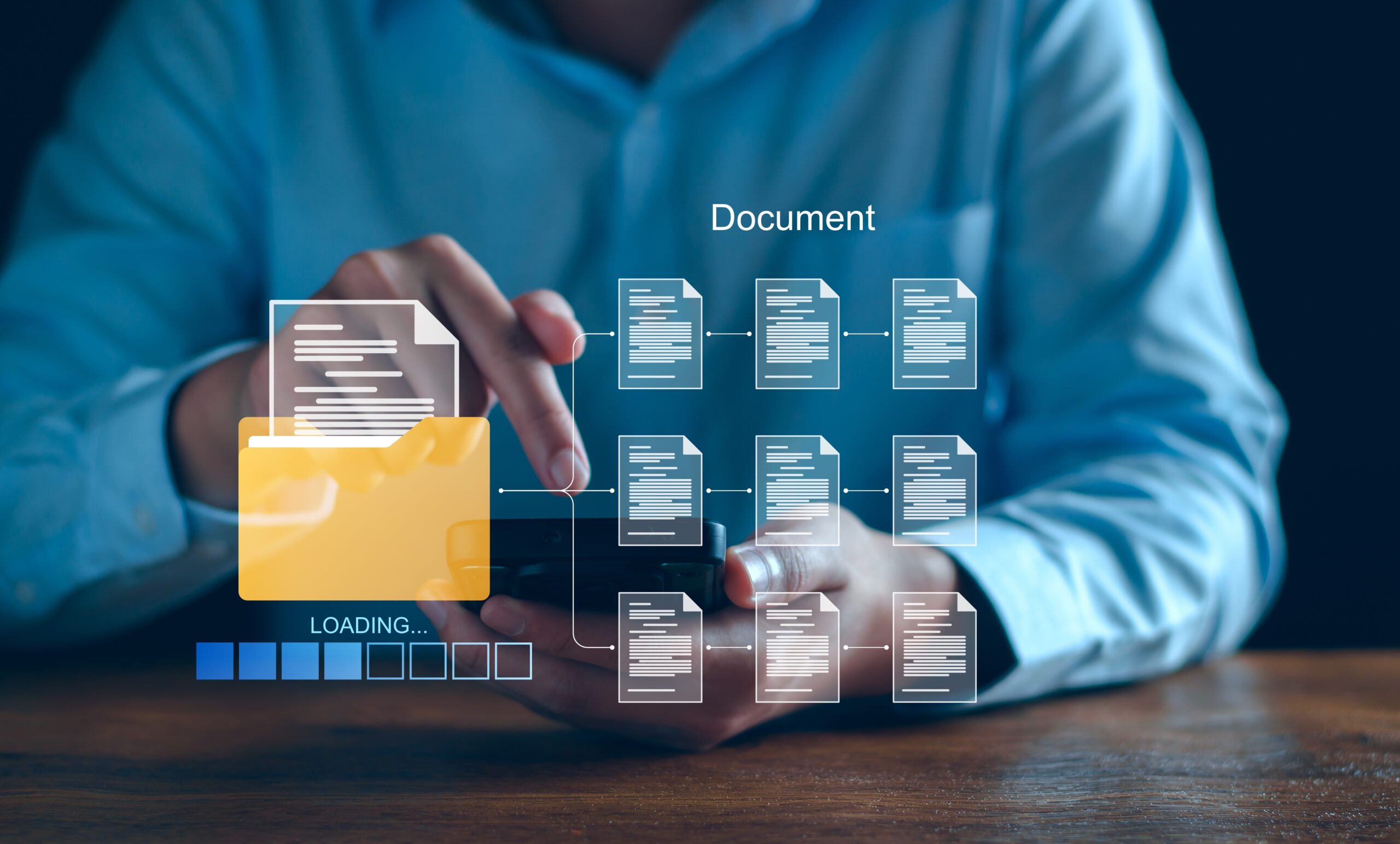Organizations store massive datasets and information related to their business activities, financial assets, and several other documents. A recent report states that employees spend over 1.8 hours per day, which makes for 9.3 hours per week, searching and gathering information. In other words, a particular business may hire five employees, but only four of them “show up” to work. The fifth person is often relegated to searching for answers or solutions that may or may not be found.
This may create chaos in the organization if not handled properly. This is where an electronic document management system (EDMS) comes in. The centralized digital platform easily manages and organizes documents. The process makes it easier for employees to find and access information. This blog will discuss what EDMS is, its features, benefits, and several other aspects in detail.
What is an Electronic Document Management System?
An EDMS is a system that centrally stores and organizes documentation in one digital repository. It aims to bring secure and structured digital filing capabilities, discoverability, and control to the documentation generated by a business so it can function effectively. An EDMS acts as a single source of truth to facilitate collaboration and save an organization from unnecessary expenses.
EDMS helps with many activities to streamline business processes. This also involves arranging documentation in a single digital repository. An electronic document management system simplifies the creation, retrieval, management, organization, tracking, and archiving of documents.
It acts as a central database to save files digitally across formats like documents, audio, video, images, and more. This minimizes the use of random file storage options, such as sync-and-share options or file shares, decreasing the risks of lost or misplaced documents.
Key Features of an EDMS
An EDMS has several features that can enable organizations to improve their document management processes collectively, including:
1. Document Capturing and Importing
An EDMS streamlines how data or information enters an organization. It usually keeps the data according to greater standards of accuracy and allows everyone to access digitized documents with ease. This is specifically done through capabilities like:
- Document Scanning and Processing: Physical documents like forms and invoices are scanned into digital formats through reliable document scanners.
- Document Indexing: An EDMS organizes and catalogs data extracted from documents for quick and precise searches. This significantly reduces the time it takes to locate specific documents.
- Importing Electronic Files: Users can easily convert nonstandard or incompatible digital documents to formats supported by the EDMS. This helps them maintain similar organizational hierarchies or naming structures.
2. Electronic Document Management
EDMS platforms can scale efficiently to accommodate large volumes of documents without any overhaul of the infrastructure. This is valuable for organizations experiencing expansion or those with multiple document storage needs.
An EDMS can also be configured on-premises or in the cloud, which allows organizations to choose the most suitable storage environment based on their budget and scalability requirements. On-premises EDMS often deploys on-site servers with control but limited flexibility. Conversely, cloud EDMS platforms are more reliable when it comes to disaster recovery, cost efficiency, and automatic software updates.
3. Document Version Control
The document version control capability eliminates the issue of having any conflicting edits to a document, further errors, or multiple document versions in distribution.
Without version control, technicians may often refer to outdated procedures, which would lead to expensive or hazardous inefficiencies. An EDMS helps preserve historical document versions and provide clarity on the timing and nature of changes. This ensures that users always have access to the most accurate and current documents.
4. Analytics and Reporting
An EDMS provides organizations with reporting features that help measure the security and activity of an organization’s most crucial information. Here’s what employees and employers should be able to track with a modern EDMS:
- Usage data such as which documents are usually accessed, how frequently, by whom, within which workflow, and so on.
- Document version history, like edits and comments.
- Documents awaiting approval at any given time.
- Documents scheduled to expire.
- Security incidents like unauthorized access attempts.
An advanced EDMS also offers real-time monitoring capabilities through easily understandable charts, graphs, and tables for informed decision-making.
5. Collaborative Tools
An EDMS allows multiple users to work on the same document. The system also allows edits, markups, or annotations to be visible to every author who can access the document to see them.
Some EDMS platforms integrate with popular tools and applications like Microsoft 365 and Google Docs to facilitate simultaneous, real-time editing by multiple users. This ensures that everyone within an organization is working on the most up-to-date version of a document.
6. Records Management and Retention
Organizations depending on paper documentation and manually tracking retention schedules may make multiple errors. This could leave them prone to legal risks due to misplacement or damage caused to sensitive files.
An EDMS enables administrators to view full audit trails of user activity while aligning with various compliance standards, such as HIPAA, GDPR, or SEC regulations. This also involves offering predefined retention templates or customization to meet specific compliance requirements. Most electronic document management systems also include automated retention scheduling, which assists with retention and disposal schedules for documents based on their content and type.
7. Backup and Archiving Processes
Backup processes in an EDMS involve making copies of various documents to protect them against data loss. This is a preventative measure taken against hardware failures, data corruption, or other unforeseen incidents.
Organizations can even set automated backup schedules to run daily, weekly, or at other intervals, depending on their requirements. An EDMS has multiple storage systems, which makes it easier to backup and archive documents. For instance, organizations can store historical records accessed less frequently in budget-friendly, long-term storage solutions like specialized archival repositories or off-site tape backups.
8.Security Tools and Audit Trails
Here are some common ways an EDMS can help fortify document management:
- Encryption: Cloud-based EDMS providers often prioritize security over data in transit and at rest. This ensures that only authorized employees with a decryption key can access and read the sensitive information.
- Access Controls: Role-based access control provided by EDMS ensures that users have access only to the documents and functions necessary for their respective roles. This reduces the risk of inadvertent data exposure.
- Integrations with Corporate Single Sign-ons (SSOs): Integration with user authentication systems helps enhance further security by requiring users to log in with their credentials. This also reduces the risk of unauthorized access.
- Audit Logs: Comprehensive audit trails help track document access, modifications, and edits to monitor suspicious activity and assist in smoother audits.
How to Select the Right Electronic Document Management System?
Being familiar with the features of an EDMS is not enough. Organizations and professionals must also learn how to select the right electronic document management system for their needs. This involves balancing the features that are important to a business with a careful assessment of the specific requirements and challenges faced by employees. Here’s an overview:
- Industry-Specific Requirements
Organizations must consider the distinct needs of their industry when selecting an electronic document management system. For instance, legal firms might prioritize features that support rapid retrieval of case files and secure storage. Conversely, educational institutions could benefit more from EDMS systems that enhance collaboration and document sharing among students and staff.
- Volume and Accessibility
The amount and frequency of document access are the key factors in choosing the right EDMS. Businesses that usually handle large volumes of documents or need frequent access by multiple users must look for a system with unique search capabilities and high-performance databases to ensure better retrieval times without performance lags.
- Integration Capabilities
The ability of an EDMS to integrate with existing software is the key to maintaining workflow continuity and enhancing productivity. A system that efficiently integrates with the current applications of a business reduces the learning curve for staff and helps maintain data consistency and accuracy across platforms.
- Security and Compliance
Ensuring that the chosen EDMS adheres to industry standards and legal requirements is crucial, especially when dealing with sensitive or personally identifiable information. It is recommended to search for systems that offer user authentication, encryption, and audit trails to help employees comply with regulations pertinent to their industry.
Benefits of an EDMS
An EDMS acts as a good launching pad if any organization is looking to take the first step towards going digital and establishing a foundation for document management. Here’s an overview of the benefits offered by an electronic document management system in detail:
1. Enhanced Efficiency with Electronic Document Management
An EDMS helps eliminate physical clutter and improves document accessibility. This streamlined approach to document management allows businesses of any size to access the information they need quickly and reliably. Digitizing documents also reduces the risk of losing or misplacing important files. This helps ensure all organizations operate smoothly.
2. Cost-effectiveness of EDMS Software
The electronic document management system is cost-effective because it reduces manual document management tasks and reallocates staff to more strategic tasks. Digital storage also accommodates fast-growing businesses without having to incur the expense of physical storage spaces. This saves more money on rent, maintenance, and security. An EDMS also helps reduce printing and paper costs, contributing to long-term savings.
3. Improved Compliance
Electronic document management systems help businesses adhere to document and data storage requirements to improve compliance. They allow automated record management for secure and timely destruction of unnecessary files. This also ensures compliance with minimal effort. An EDMS can easily track document revisions and maintain audit trails, which makes it easier to showcase compliance during audits or inspections.
4. Robust Protection
An EDMS offers robust protection by securing sensitive information and protecting businesses of all sizes from data breaches. Advanced security features like encryption and user access controls protect important and sensitive documents from unauthorized access. Offsite backups and cloud storage options also ensure that all files within the system are protected against unforeseen disasters at office premises.
5. Scalability and Flexibility
As a business grows, so do the document management needs. An EDMS can easily adapt to the changing requirements of an organization, allowing employees to scale their document storage effectively. With an electronic document management system, anyone can effortlessly add new users, manage permissions, and handle large volumes of documents without compromising security.
6. Improved Collaboration and Communication
An EDMS can enhance collaboration and communication significantly among team members, departments, or remote employees. Users can easily access documents, share feedback, and make real-time updates. This helps reduce the risk of miscommunication, streamlines project workflows, and promotes better teamwork within your organization.
How Does Newgen Assist You with EDMS?
Is your organization struggling with managing and organizing documents? Visit Newgen and get your issues resolved instantly! We are the leading providers of a unified digital transformation platform. Embrace native process automation, content services, and communication management capabilities easily with our expert assistance.
Get in touch with our experts to work with the best electronic document management system that suits your business needs. Get access to speed and agility by using Newgen’s services for all documentation needs.
You might be interested in




